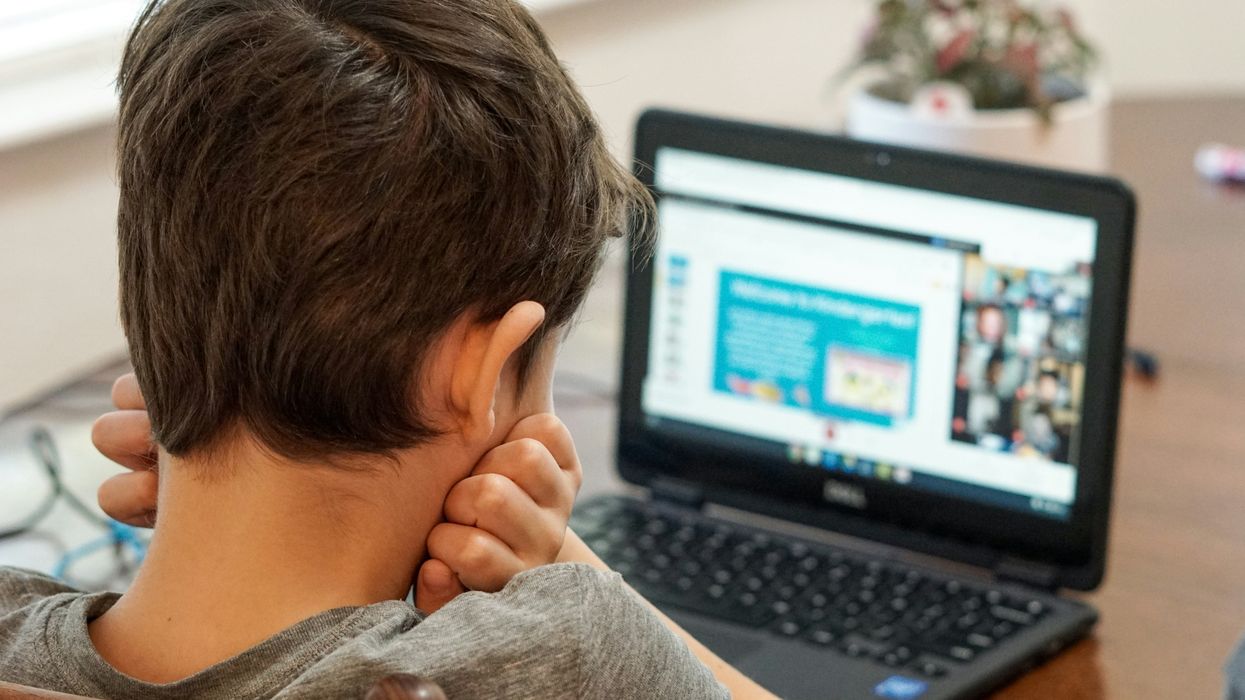In today’s fast-paced world, finding ways to unwind and destress is crucial for maintaining mental and emotional well-being. One surprisingly effective method is watching your favorite TV show. This seemingly simple activity can have profound psychological benefits, supported by various scientific studies and psychological theories. So, go ahead. Rewatch The Office and Parks and Recreation over and over again.
1. Stress Relief and Relaxation
Watching your favorite show can serve as an excellent way to relax and reduce stress. Engaging in a familiar and enjoyable activity can trigger the release of endorphins, the body’s natural feel-good chemicals. According to Dr. Pamela Rutledge, Director of the Media Psychology Research Center, consuming content that you enjoy can help to lower cortisol levels, the hormone associated with stress .
2. Escapism and Mental Breaks
TV shows offer a form of escapism, allowing viewers to temporarily step away from their own lives and immerse themselves in another world. This mental break can be beneficial for overall mental health. Research from the University of Queensland suggests that escapism through entertainment can improve mood and provide a necessary distraction from everyday stressors .
3. Emotional Connection and Comfort
Favorite shows often feature characters and storylines that viewers grow attached to over time. These emotional connections can provide comfort and a sense of familiarity. A study published in the Journal of Consumer Research found that people often re-watch their favorite shows or movies to reconnect with beloved characters and re-experience positive emotions associated with the show .
4. Nostalgia and Positive Memories
Watching a beloved show can evoke feelings of nostalgia, which has been linked to psychological benefits. Nostalgia can boost mood, increase feelings of social connectedness, and enhance a sense of meaning in life. Research from the University of Southampton found that nostalgic activities, such as watching a favorite TV show, can increase optimism and reduce anxiety .
5. Routine and Predictability
Having a regular routine that includes watching a favorite show can provide a sense of structure and predictability. This can be particularly comforting in times of uncertainty. A study from the University of Buffalo highlights the importance of routine in maintaining mental health, noting that predictable activities can help mitigate feelings of chaos and instability .
Watching your favorite TV show is more than just a pastime; it’s a beneficial activity that can improve your mental and emotional well-being. Whether through stress relief, escapism, emotional connection, nostalgia, or routine, the positive effects of this simple pleasure are well-supported by scientific research. So next time you’re feeling down or stressed, don’t hesitate to reach for the remote and indulge in an episode or two of your favorite series.
References
- Rutledge, P. "The Psychology of Watching TV." Media Psychology Research Center. Link
- University of Queensland. "Escapism Through Media: The Benefits of a Good Story." Link
- Journal of Consumer Research. "Rewatching Shows and the Role of Emotional Attachment." Link
- University of Southampton. "The Psychological Benefits of Nostalgia." Link
- University of Buffalo. "Routine and Mental Health: The Role of Predictable Activities." Link















 Dr. Cary S. Kaufman teaches the "Essentials of Oncoplastic Surgery" course through the National Consortium of Breast Centers, providing breast surgeons around the world with advanced techniques for optimal breast surgery outcomes.
Dr. Cary S. Kaufman teaches the "Essentials of Oncoplastic Surgery" course through the National Consortium of Breast Centers, providing breast surgeons around the world with advanced techniques for optimal breast surgery outcomes.

